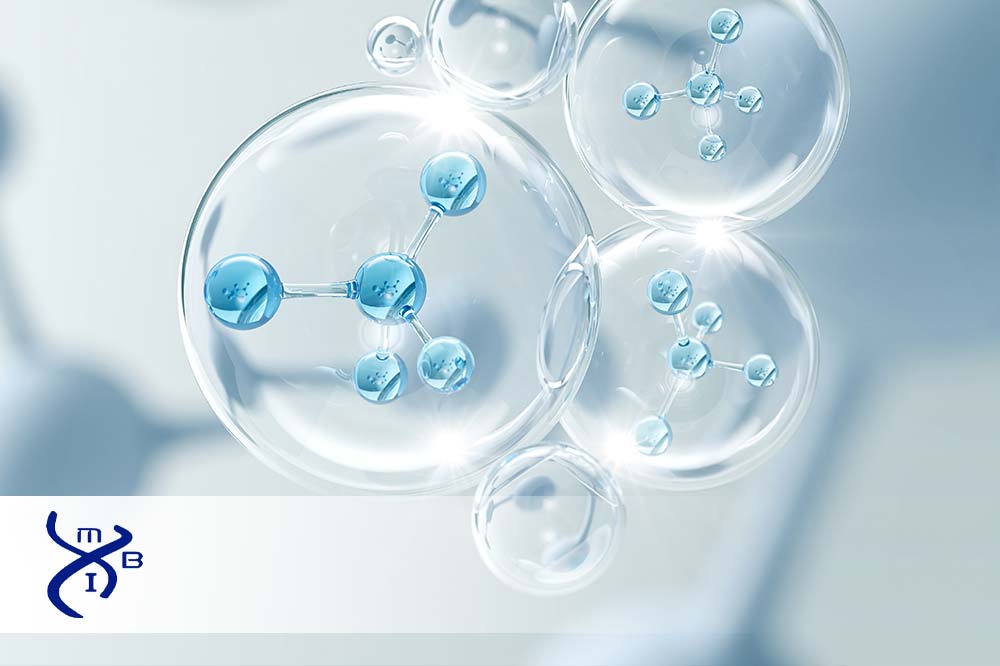What is Molecular Weight and Why is it Important?

Anyone who has passed Chemistry 101 understands the definition of molecular weight:
The molecular weight of any elemental substance, or any compound, equals the sum of the atomic mass units of all the individual atoms in its chemical formula.
Look up the formula, look up the atomic mass of the atoms that make up the compound, multiply by the subscripts, and add them all up.
For instance, to compute the molecular weight of Fe2O3, students will first count two atoms of iron and three atoms of oxygen. They will look up the atomic mass units in an atom of iron, 55.847, and the atomic mass units in an atom of oxygen, 15.9994. They will plug the numbers into the formula (2 x 55.847) + (3 x 15.9994), and remembering to limit the answer to significant digits, come up with 111.694 + 47.9982 = 159.692 atomic mass units.
Then they may remember that this means that Avogadro’s number of ferric oxide (Fe2O3) molecules, 6.02214076 × 1023, will weigh 159.962 grams.
Beginning biology students may need some practice, and there will always be some students who have an aversion to any kind of math, but this is not generally a difficult concept to teach. But how can modern biology students apply this very basic concept to their study of biology?
What Is the Importance of Molecular Weight?
Understanding molecular weight opens the door for using an important tool for molecular detective work, electrophoresis.
Knowing the molecular weight of a complex molecule, like a protein, won’t tell investigators authoritatively what a substance is, but it will tell them what a substance isn’t. Other tests may narrow down the list of possible identities of a test substance.
How Is Molecular Weight Determined?
In Modern Biology’s EXP-201: Molecular Weight Determination, students can measure molecular weight of a test protein against a known protein with electrophoresis. The students reinforce more of their basic lab skills by making an agarose gel of the right concentration, temperature, and pH. They pipette the gel into an electrophoresis chamber.
Students apply a dye to the test substance and the control. Then they introduce the test protein (or test proteins) and a standard into different wells in the gel, close the chamber, and apply electric current to create a voltage gradient across the gel.
The speeds at which two substances migrate across the gel indicate relative molecular weights. One substance will reach the “finish line,” the students will turn off the electric current (a surprising number of students forget this step), and then students can measure how far the substances migrated across the gel and use the ratio to compute the molecular weight of the test substance.
Then students can do a little more math and compute the number of amino acid residues in the test substance. This brings them to the point of identifying the protein.
Well, we hope it does. Good technique is more important than getting the identification right the first time students do this experiment.
This experiment is a great example of Modern Biology’s approach to teaching biology. Students reinforce and integrate their understanding of abstract principles they learn in lecture, and use those principles to formulate a hypothesis they will test with an experiment. They follow procedures, take notes, analyze results, and write up their findings.
Modern Biology helps you train your students to think like scientists.
Every Modern Biology experiment comes with all the reagents and lesson-specific equipment needed to do the lab exercise. There isn’t any need to requisition supplies and you won’t have scheduling issues caused by lack of supplies. Every Modern Biology experiment is classroom-tested and comes with a teacher’s guide, and all our reagents are non-toxic and meet state standards for school use.
Over 80,000 biology instructors use Modern Biology to train 500,000 future scientists every year. Email us or call us weekdays between 9 and 5 Eastern at (765) 446-4220 for more information or to place your order.
 Due to Customs restrictions, we only accept orders from educational institutions within the Continental United States, Alaska or Hawaii.
Due to Customs restrictions, we only accept orders from educational institutions within the Continental United States, Alaska or Hawaii.